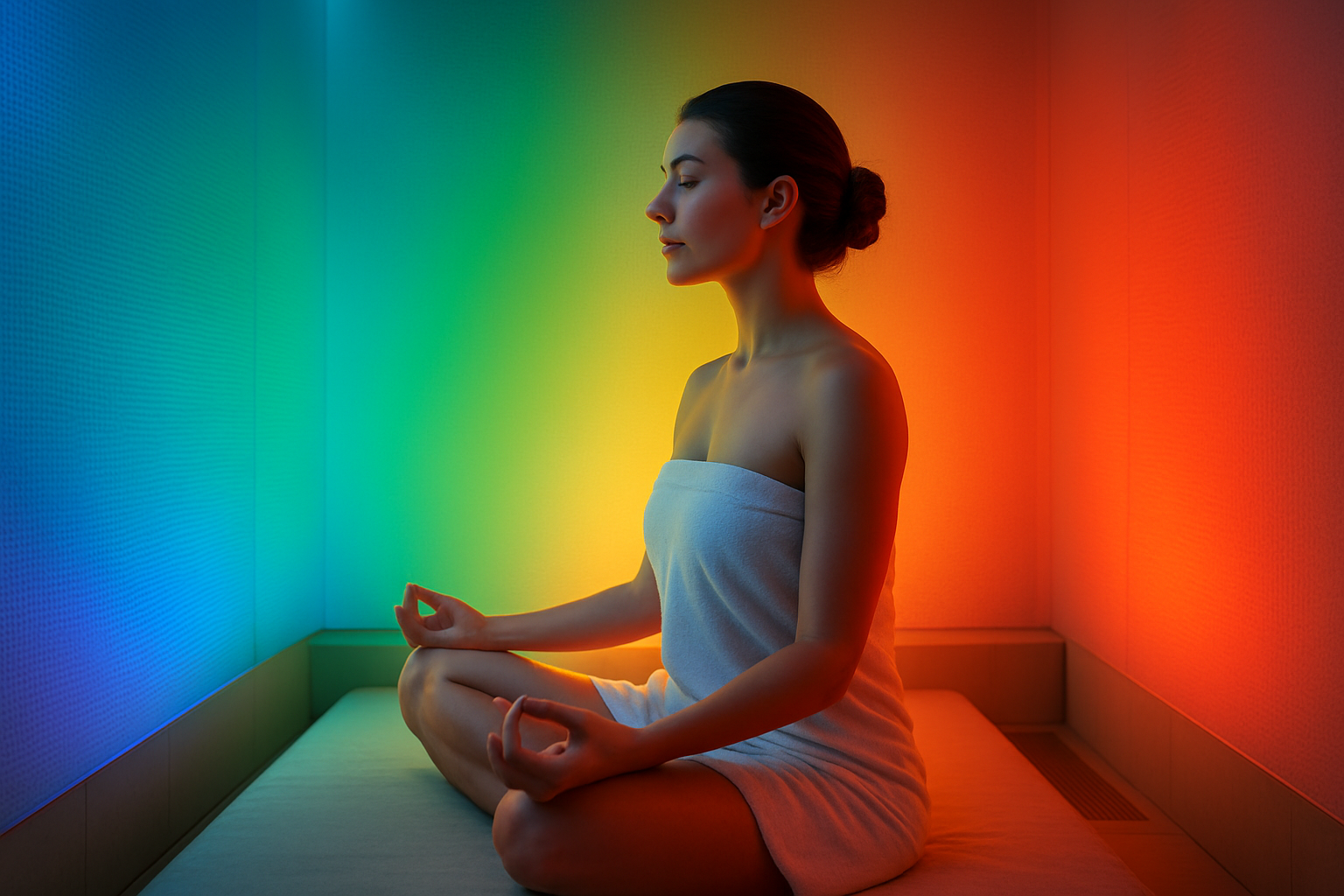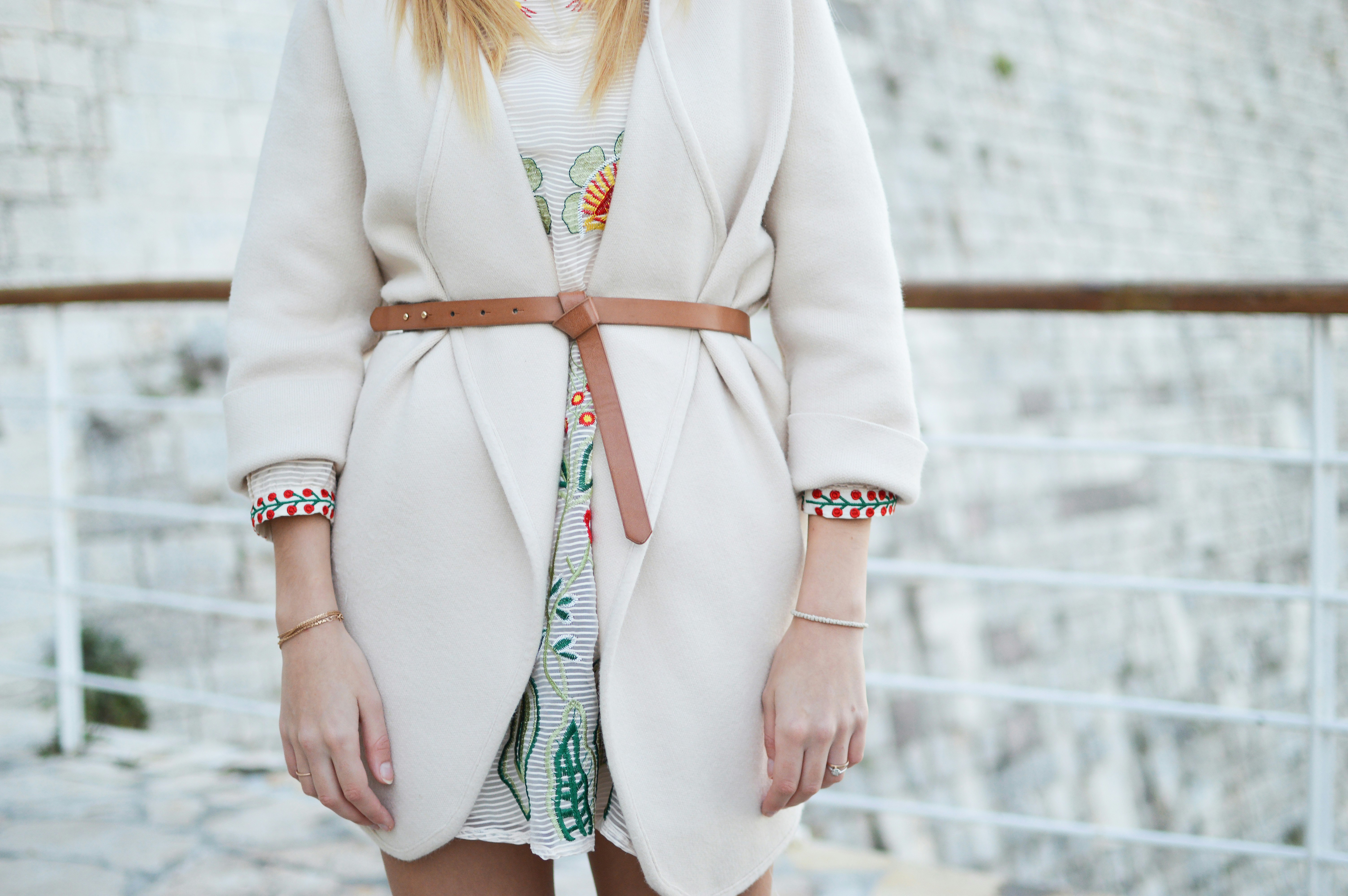Chromotherapy: The Spectrum of Wellness
In the ever-evolving world of beauty and fitness, a captivating trend is emerging that harnesses the power of color to enhance our well-being. Chromotherapy, also known as color therapy, is gaining traction as a holistic approach to health and beauty. This ancient practice, rooted in various cultures, is now being reimagined with modern scientific understanding. As we delve into the vibrant world of chromotherapy, we'll explore its rich history, current applications, and the potential it holds for revolutionizing our approach to wellness. From spa treatments to home decor, chromotherapy is painting a new picture of what it means to live a balanced, healthful life.

The Science Behind Color’s Impact
Modern research has begun to shed light on the physiological effects of color exposure. Studies have shown that different wavelengths of light can influence hormone production, circadian rhythms, and even cellular activity. For instance, blue light has been found to suppress melatonin production, potentially aiding in the treatment of seasonal affective disorder. Red light therapy has gained attention for its potential to stimulate collagen production and reduce inflammation, making it a popular choice in skincare treatments.
Chromotherapy in Contemporary Beauty Practices
The beauty industry has embraced chromotherapy with open arms, incorporating color-based treatments into a wide array of products and services. LED light therapy masks have become a staple in many skincare routines, with different colors targeting specific skin concerns. Green light is often used to address hyperpigmentation, while yellow light is believed to boost lymphatic flow and reduce redness. High-end spas now offer chromotherapy rooms where clients can immerse themselves in a sea of color, purportedly balancing their energy and promoting relaxation.
Fitness Spaces Awash in Color
Gyms and fitness studios are also tapping into the potential of chromotherapy. Some innovative facilities have installed color-changing LED systems that shift throughout a workout session, aiming to enhance performance and recovery. For example, energizing red light might be used during high-intensity intervals, while calming blue light could be employed during cool-down periods. Yoga studios have been particularly quick to adopt chromotherapy, creating immersive environments that sync color changes with different phases of practice.
The Intersection of Interior Design and Wellness
As awareness of chromotherapy grows, its principles are increasingly influencing interior design choices. Wellness-focused architects and designers are incorporating color psychology into their work, creating spaces that promote specific moods and health outcomes. This trend extends beyond public spaces into the home, with smart lighting systems allowing individuals to customize their living environments based on their needs and preferences. The concept of a “circadian-friendly” home, which uses warm tones in the evening to promote better sleep, is gaining popularity among health-conscious homeowners.
Chromotherapy-Inspired Beauty Products
The influence of chromotherapy has extended to the formulation and packaging of beauty products. Color-correcting makeup, which uses the principles of color theory to neutralize skin discoloration, has become increasingly sophisticated. Additionally, some skincare brands have developed lines of products that correspond to different “energy centers” of the body, each associated with a specific color. These products often incorporate ingredients that are said to resonate with the energy of their assigned color, such as blue products containing calming chamomile or lavender.
The Future of Color in Health and Wellness
As research in the field of chromotherapy continues to evolve, we can expect to see more innovative applications in both clinical and consumer settings. Some researchers are exploring the potential of color therapy in managing chronic pain, while others are investigating its role in enhancing cognitive function. In the fitness world, wearable technology that adjusts workout intensity based on color exposure is on the horizon. The beauty industry is likely to see an increase in personalized color-based treatments, potentially utilizing artificial intelligence to determine the most effective color therapies for individual skin types and concerns.
Navigating the Rainbow: Considerations and Cautions
While the potential benefits of chromotherapy are intriguing, it’s important to approach this practice with a balanced perspective. Color therapy should be viewed as a complementary approach to wellness rather than a standalone treatment for serious medical conditions. Additionally, individual responses to color can vary greatly, influenced by personal experiences, cultural backgrounds, and even genetic factors. As with any wellness trend, it’s crucial to consult with healthcare professionals before incorporating chromotherapy into a treatment regimen, especially for those with light-sensitive conditions or color vision deficiencies.
In conclusion, chromotherapy represents a fascinating convergence of ancient wisdom and modern science in the pursuit of holistic well-being. As we continue to unravel the complex relationships between light, color, and human health, chromotherapy stands poised to add a vibrant new dimension to our understanding of beauty and fitness. Whether through targeted skincare treatments, immersive workout experiences, or thoughtfully designed living spaces, the spectrum of wellness offered by chromotherapy is expanding our palette of options for achieving balance and vitality in our daily lives.





